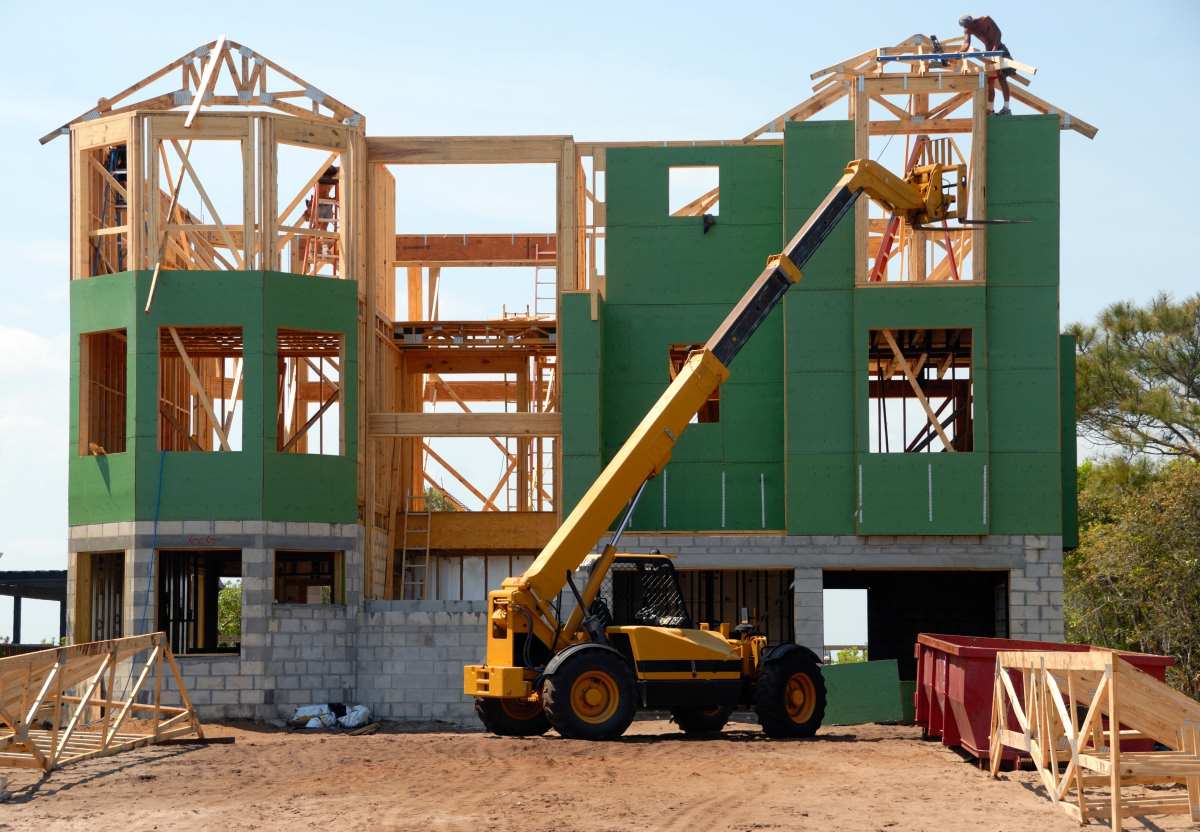Building a house in the Philippines is an exciting endeavor, but it’s crucial to understand the costs involved. “How much does it cost to construct a house in the Philippines?” The answer varies based on factors like floor area, finish, and materials. In this post, we will explore the key aspects that contribute to the cost of house construction in the Philippines as well as help you make informed decisions about lot-only, pre-selling, or houses for sale or RFO options, allowing effective budget planning.
I. Factors Affecting House Construction Costs
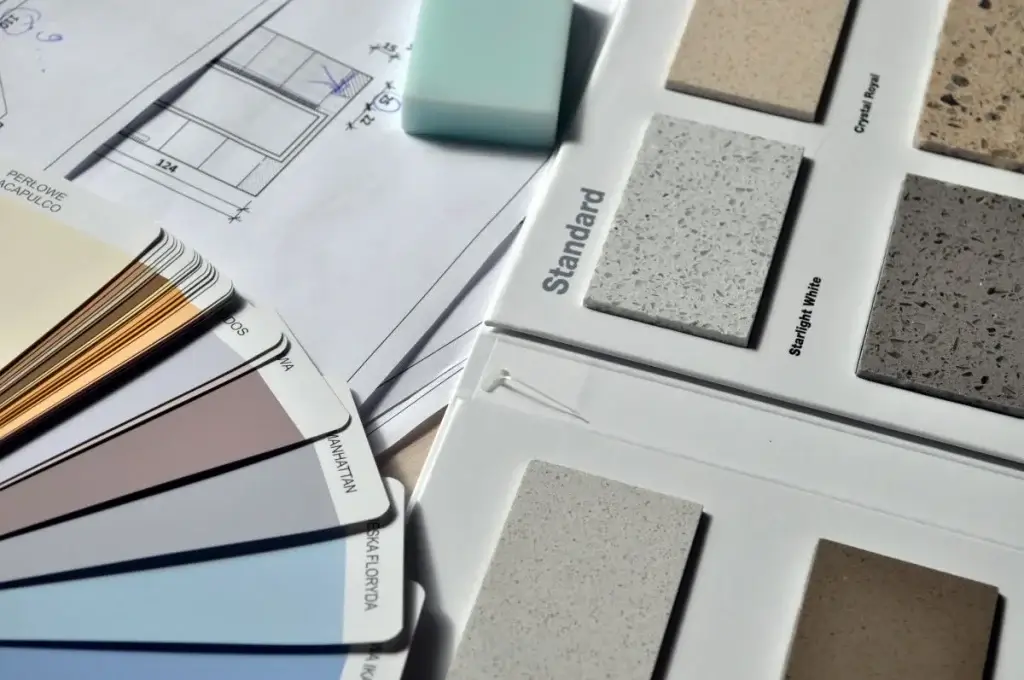
Location:
The location of your house plays a significant role in determining construction costs. Urban areas often have higher land prices and construction expenses compared to rural areas. For instance, building a house in the bustling city of Manila will generally be more expensive than constructing one in a small provincial town. Additionally, accessibility and availability of utilities in the area can also impact costs.
Size and Design of the House:
The size and design complexity of your house directly affects the construction costs. Generally, larger houses require more materials and labor, increasing the overall expenses. Similarly, intricate architectural designs and customizations add to the construction costs. It’s essential to strike a balance between your desired house size and design features to manage costs effectively.
Materials and Quality:
The choice of materials and their quality significantly influences construction costs. There’s a wide range of materials available, each with varying costs. For example, using high-quality imported tiles and premium-grade construction materials will naturally increase expenses. On the other hand, opting for locally sourced materials can help reduce costs without compromising on durability and aesthetics.
Labor Costs:
Labor costs are a substantial portion of house construction expenses. The wages of skilled workers, such as architects, engineers, carpenters, and masons, contribute to the overall cost. Labor costs can vary depending on the demand and availability of skilled workers in a particular area. It’s important to research and find reliable and skilled professionals who offer competitive rates.
II. Understanding Construction Cost Estimates
To get an accurate understanding of the cost of house construction, it’s essential to obtain reliable construction cost estimates. Various methods are used to estimate construction costs, such as square meter rates, detailed quantity surveying, and contractor bids. Engaging with professionals, such as architects or quantity surveyors, can help you obtain realistic cost estimates based on your specific requirements and the prevailing market conditions.
III. How Much to Build a House in the Philippines
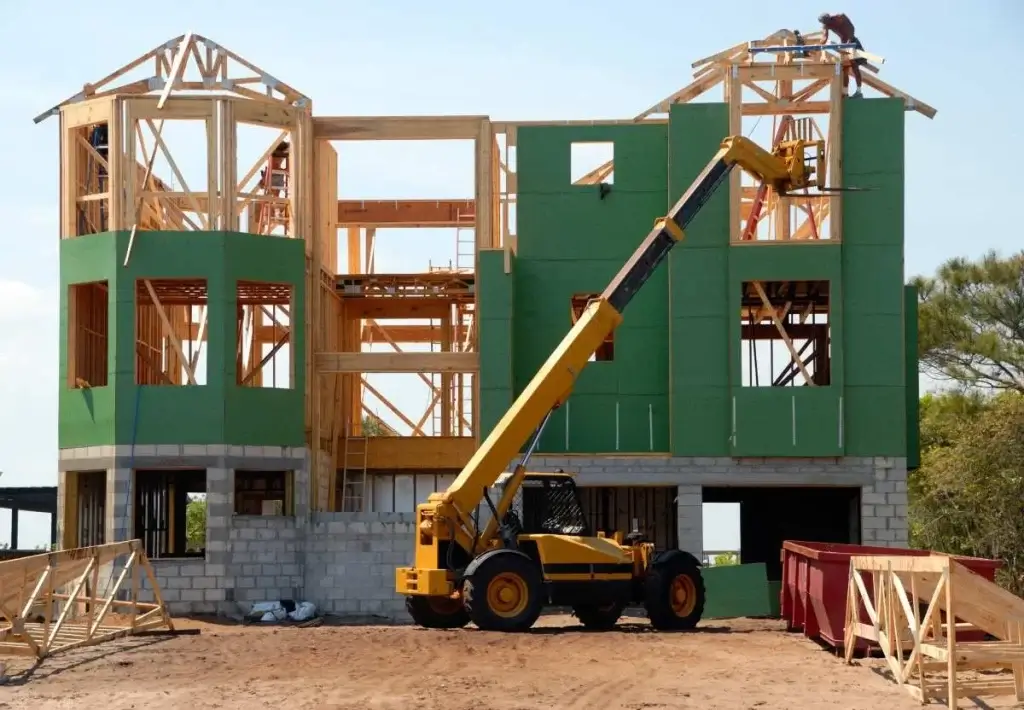
It’s important to note that construction costs can vary significantly depending on the size, design, and location of the house. However, to provide you with a general idea, let’s discuss the average construction costs based on the total floor area:
Low-cost houses:
These houses typically range from 40 to 80 square meters and cost around PHP 20,000 to PHP 35,000 per square meter, resulting in a total construction cost of approximately PHP 800,000 to PHP 2,800,000.
Mid-range houses:
With floor areas between 80 to 150 square meters, these houses have construction costs ranging from PHP 35,000 to PHP 50,000 per square meter. As a result, the total construction cost falls approximately between PHP 2,800,000 to PHP 7,500,000.
High-end houses:
High-end houses are typically larger, with floor areas exceeding 150 square meters. The construction costs for such houses can go beyond PHP 50,000 per square meter, resulting in total expenses of over PHP 7,500,000.
It’s crucial to keep in mind that these figures are rough estimations and can vary based on the factors mentioned earlier.
IV. Additional Cost Considerations
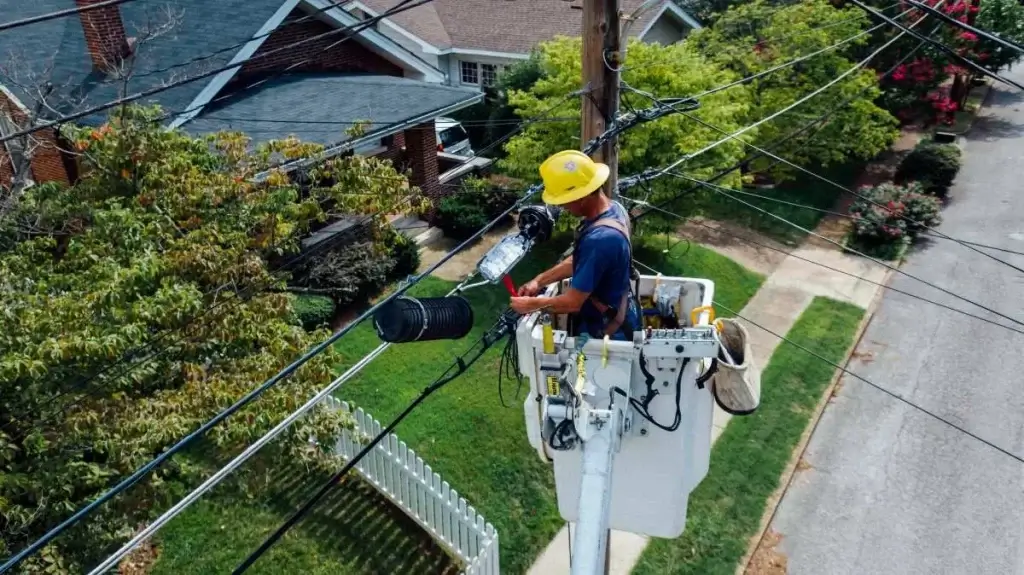
Permitting and Legal Requirements:
Obtaining the necessary permits and complying with legal requirements contribute to the overall cost of house construction. These may include building permits, environmental clearances, and other local government regulations. It’s crucial to factor in these costs and allocate the necessary budget for a smooth construction process.
Site Preparation and Utilities:
Preparing the construction site, including clearing, excavation, and leveling, can incur additional costs. Moreover, connecting the house to essential utilities such as water, electricity, and sewage systems should also be considered in the overall budget.
Architect and Engineer Fees:
Engaging professional architects and engineers is essential for proper house design and structural integrity. Their fees, typically a percentage of the total construction cost or a fixed fee, should be factored into the budget.
Furniture and Interior Finishing Costs:
While not directly related to the construction itself, furniture and interior finishing costs should be accounted for in the overall budget. These include flooring, painting, cabinetry, lighting, and furnishings. Proper planning and budgeting for these expenses ensure a complete and comfortable living space.
V. Tips for Managing House Construction Costs

Plan and Budget Ahead:
Thorough planning and budgeting are key to managing house construction costs effectively. Clearly define your requirements, prioritize essential features, and allocate funds accordingly.
Seek Multiple Quotations:
Obtain multiple quotations from contractors, suppliers, and professionals to compare prices and ensure you’re getting the best value for your money. Remember, the cheapest option may not always provide the desired quality, so strike a balance between cost and quality.
Optimize Design and Materials:
Work closely with your architect to optimize the design to minimize construction costs. Additionally, explore cost-effective alternatives for materials without compromising on durability and aesthetics.
Regular Monitoring and Communication:
Maintain open communication with your contractor and the professionals involved in the construction process. Regularly monitor the progress, costs, and any potential changes to stay within your budget.
Should I Build? Opt for Preselling? or Go for a Ready-for-Occupancy?
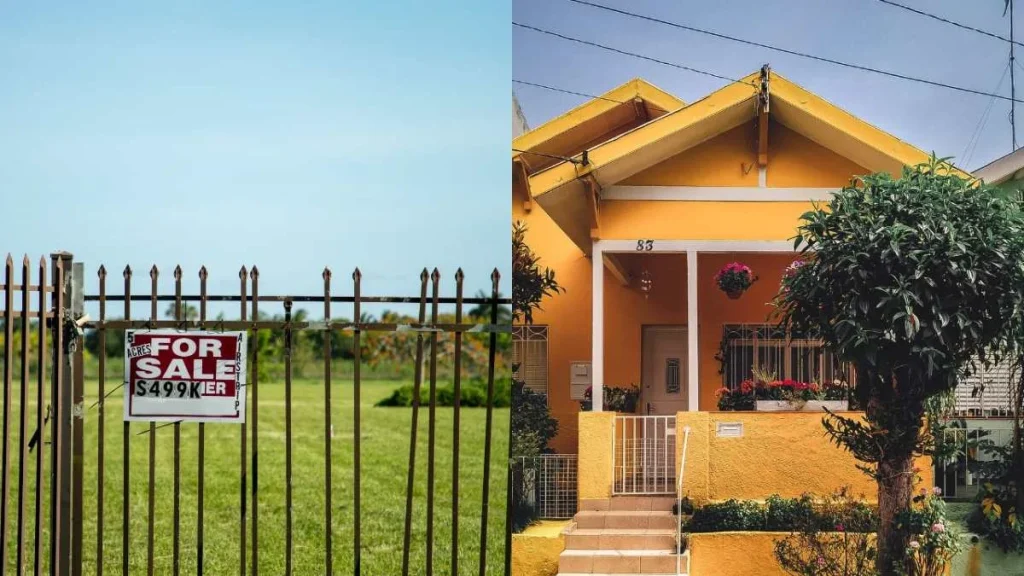
Are you unsure about whether to buy a lot-only property and build your dream house, opt for a pre-selling house and lot, or go for a ready-for-occupancy (RFO) house and lot? Let’s take a closer look at each option with relatable examples and situations to help you make an informed decision.
Buy a Lot-Only Property and Build a House
Imagine having the freedom to design and create your ideal home from the ground up! Buying a lot-only property gives you the opportunity to build a house tailored to your unique needs and preferences. You can choose the layout, materials, and design elements that match your lifestyle and budget. For instance, if you’re passionate about eco-friendly living, you can incorporate green features like solar panels and energy-efficient systems into your home’s design.
While building from scratch offers incredible flexibility, it’s important to consider the time and effort involved. Managing the construction process and obtaining permits can be challenging. However, the satisfaction of seeing your vision come to life is truly rewarding.
Buy a Pre-Selling House and Lot
Are you looking for a new home with a more affordable price tag? Purchasing a pre-selling house and lot might be the perfect fit. These properties are offered at a lower price during the pre-selling stage, allowing you to secure a beautiful home at a more budget-friendly cost. For example, let’s say you find a pre-selling property in a desirable neighborhood with access to excellent schools and amenities at a discounted price. By buying at this stage, you can save a significant amount compared to waiting for the completion of construction.
Pre-selling properties also offer a level of customization. Developers often provide various house models, and you may have the option to choose finishes and upgrades to personalize your new home. Keep in mind, however, that patience is required as construction timelines can take several months to a few years.
Buy an RFO House and Lot
If you’re looking to settle into your new home quickly, an RFO house and lot is the way to go. Picture this scenario: You’ve recently been transferred to a new city for work, and you need a home immediately to accommodate your family’s needs. An RFO property can be the perfect solution, as you can move in right away without any waiting time.
RFO properties offer the advantage of seeing exactly what you’re buying before making a decision. You can visit the property, inspect the finishes, and get a feel for the space. This level of certainty can be reassuring for those who prefer to avoid uncertainties that come with pre-selling properties or building from scratch.
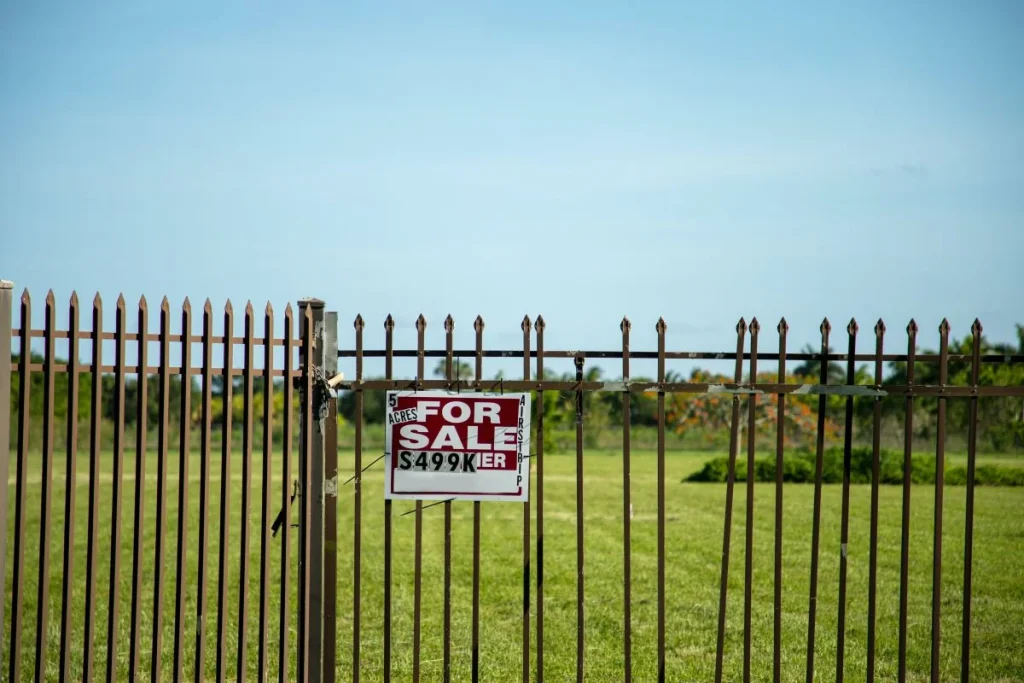
However, it’s essential to consider that RFO properties may come with a higher price tag due to the convenience they offer. If immediate occupancy is a priority for you, this extra cost may be worth it.
Each option presents unique benefits and considerations. Buying a lot-only property allows you to unleash your creativity and build a home that perfectly suits your vision. Opting for a pre-selling house and lot offers affordability and some level of customization. On the other hand, going for RFO properties provides the convenience of moving in right away, albeit at a potentially higher cost. Consider your lifestyle, budget, and time frame to determine which option aligns best with your needs and desires.
Understanding the cost of house construction in the Philippines is crucial for a successful and budget-conscious project. By considering factors like location, size, design, materials, labor costs, and additional expenses, you can make informed decisions and plan your budget effectively. Remember to obtain reliable cost estimates, prioritize your needs, and seek professional advice when needed. With careful planning and diligent execution, you can build your dream home within your means.
Related Blog: Professionals Needed for Building a House


